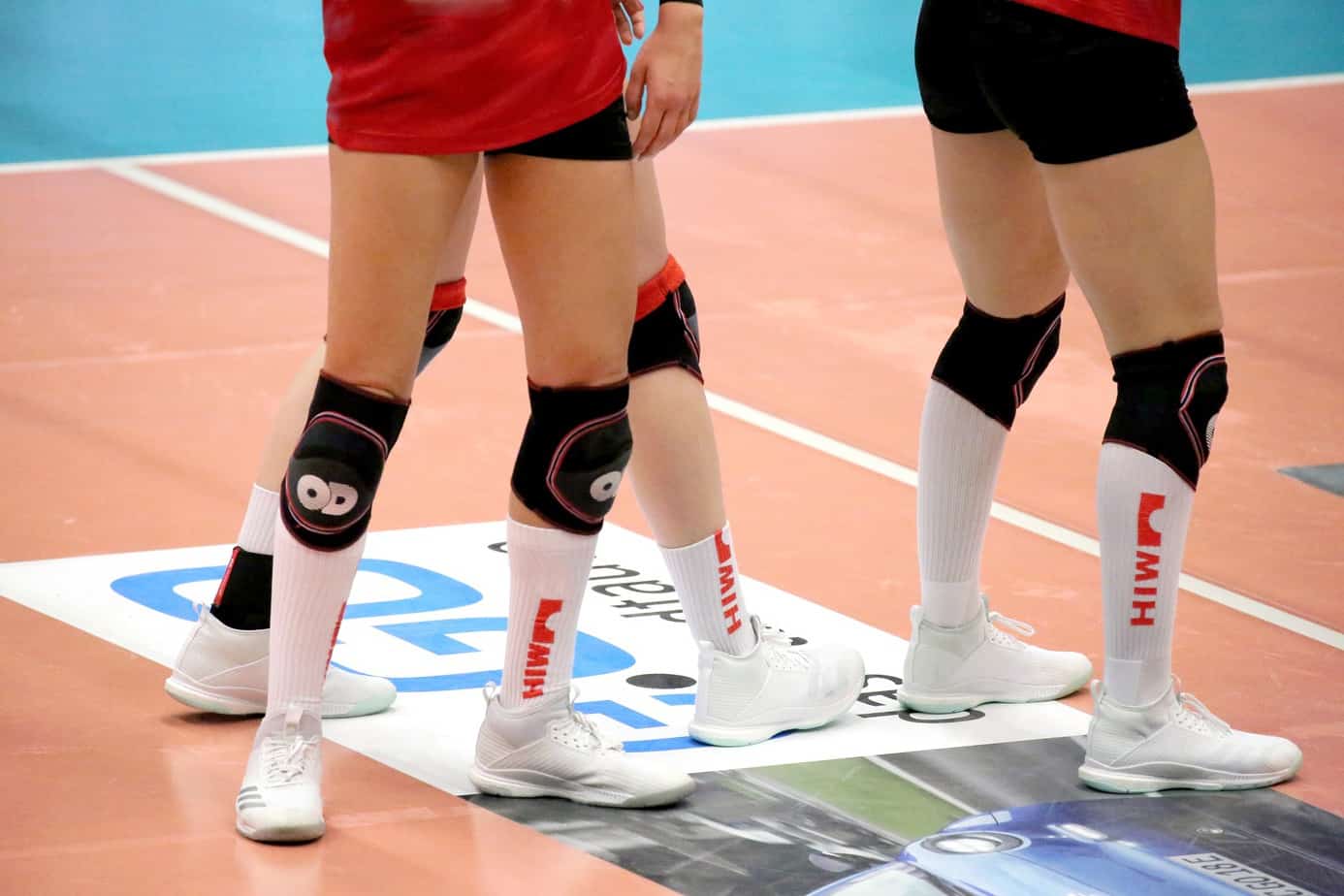Contents of Article
- Objective
- What the researchers did
- What the researchers found
- Practical takeaways
- Author’s comments
- References
- About the author
Objective
Knee injuries, specifically anterior cruciate ligament (ACL) injuries, are extremely common and potentially career-ending. Females are also approximately three times more likely to injure their ACL than males. Structured neuromuscular control training programmes have been shown to significantly reduce ACL injury in females (up to 50 %).
The purpose of this study was to determine the common and effective components of ACL neuromuscular training (NMT) programmes, as well as to create a user-friendly tool to assess the quality of current ACL NMT programmes.

What the researchers did
A literature search was performed using PubMed and EBSCOhost in January 2018 with specific inclusion criteria and the Physiotherapy Evidence Database (PEDro) scale was used to assess quality and risk of bias (see this link).
Data extracted from the studies included publication year, study design, sample size, number of ACL injuries, group characteristics (e.g. age and sport), and NMT characteristics, including exercise type and number per session, volume, duration, training time, and implementer training. Data analysis focused primarily on ACL injury odds ratio (OR), which essentially looked at the odds of an injury occurring after being exposed to an intervention (in this case, an NMT programme).
What the researchers found
Eighteen studies were included, with an average PEDro score of 5.45 out of a possible score of 10. After analysis of the collected data and establishing odds ratios, the authors concluded that the most successful programmes included the following: some form of implementer training, emphasis on landing stabilisation, and lower-extremity strengthening, targeted younger (middle and high school) athletes, and were continued throughout the season, rather than pre-season only.
Taking all of this into consideration, they created a scoring tool for coaches and clinicians to rate their current and/or proposed risk reduction programmes. With a maximum score of 11, they determined that a score greater than 3 indicates a protective effect of the programme.
Practical takeaways
This study is incredibly practical and provides very actionable insight for creating programmes that can truly reduce risk of ACL injury. It essentially provides us with a checklist of important components to be included in such programmes, which is incredibly helpful for coaches and clinicians that perhaps do not have a lot of resources or access to outside expertise.
The authors acknowledge that injury prevention through NMT is relatively low across the U.S., and even lower in rural areas. This is another reason why the simplicity of this scoring tool is so important and lends itself well to being successfully implemented, even in rural areas. As mentioned previously in the “what they found” section, a score of ≥ 3 out of 11 indicates an effective programme. As such, the ACL injury prevention checklist is recommended, available via this link.
It is also interesting that they found that programmes with more balance, core strengthening, and stretching did not increase their effectiveness. This is also important as it assists coaches and clinicians in deciding which types of exercises to spend more time on, and which can potentially be left out so that efficiency is maximised and results are still positive. When working with groups and younger athletes, simplicity is an asset rather than a detriment.
Author’s comments
“Perhaps the greatest takeaway from this article, for me, was that it’s very straightforward, simple advice. This allows the coach and/or clinician to feel confident in whatever they are creating for an athlete or group of athletes, while still leaving room for individualisation for a team, sport, or single athlete.
The way this tool is structured lends itself well to application with a team or an individual, which is another way that it is unique. Recently, the author implemented a programme with a local high school soccer team that was absolutely influenced by this article (see this podcast).
The bottom line really is this: there is a lot of research to back up what goes into a solid risk reduction programme, and now there is even a way to rate what we are doing and improve it. With this knowledge, it is essential to be critical of the programmes already engaged in, and must start to push for the initiation of programmes where they do not exist.”
This Performance Digest snippet was taken from issue #23 Sept 2018, available for members.
- Evidence-Based Best-Practice Guidelines for Preventing Anterior Cruciate Ligament Injuries in Young Female Athletes: A Systematic Review and Meta-analysis. Petushek Et al., (2018) https://journals.sagepub.com/doi/abs/10.1177/0363546518782460?url_ver=Z39.88-2003&rfr_id=ori%3Arid%3Acrossref.org&rfr_dat=cr_pub%3Dpubmed


